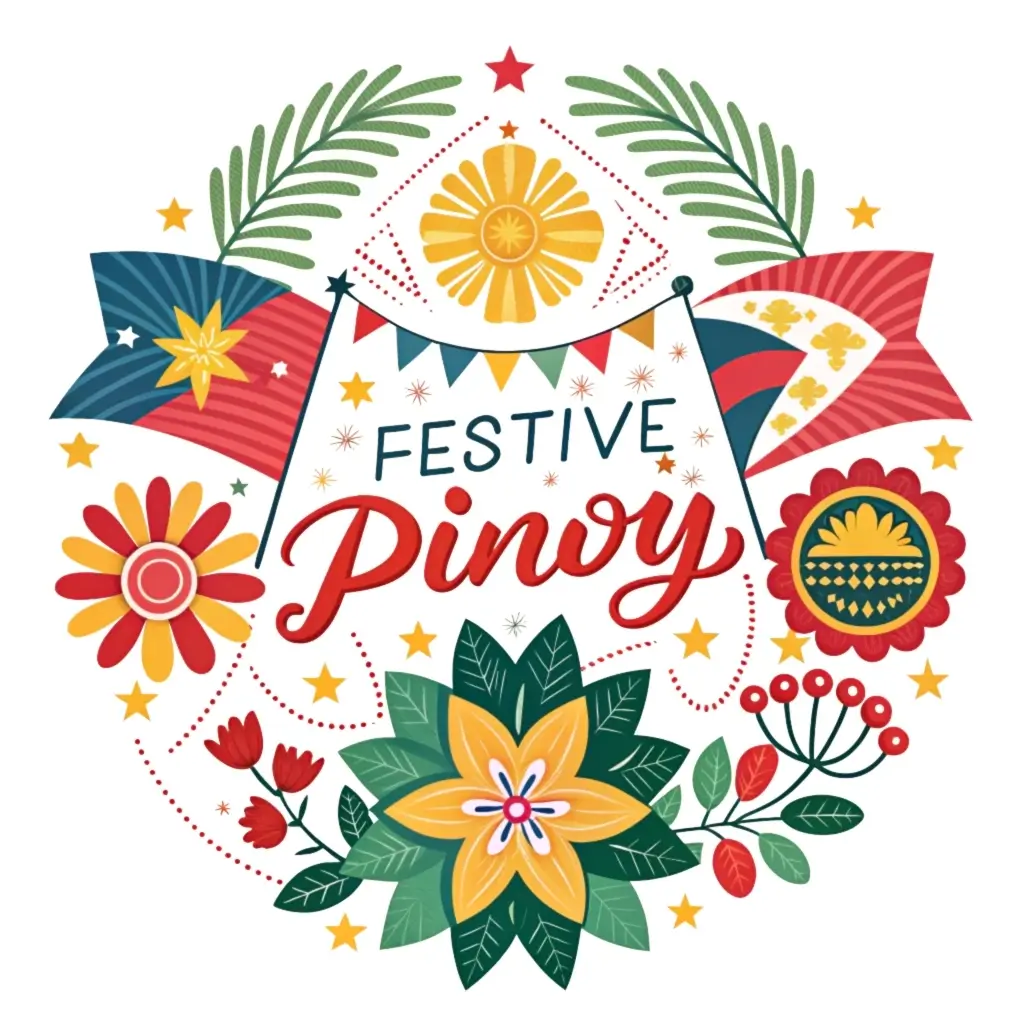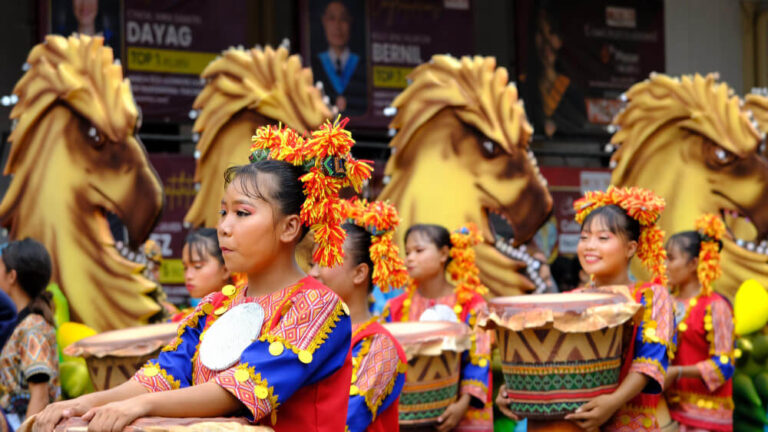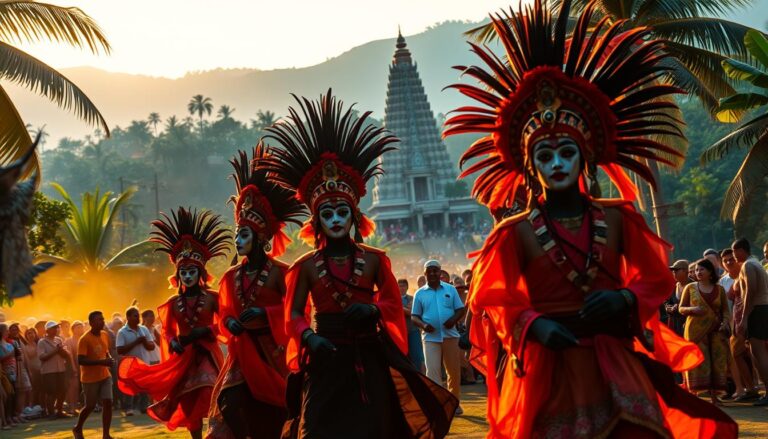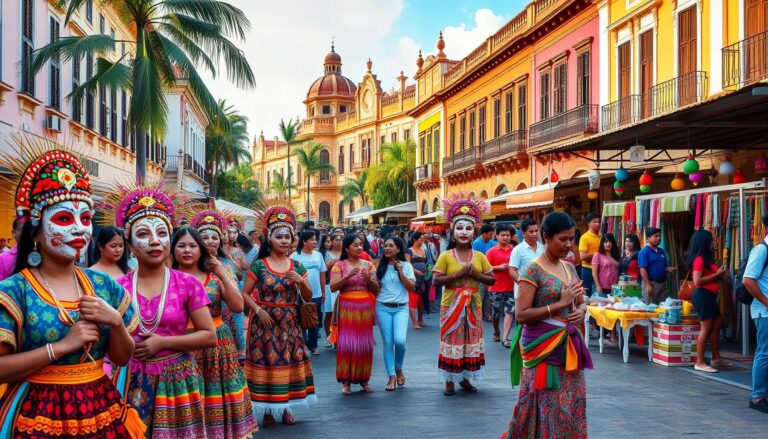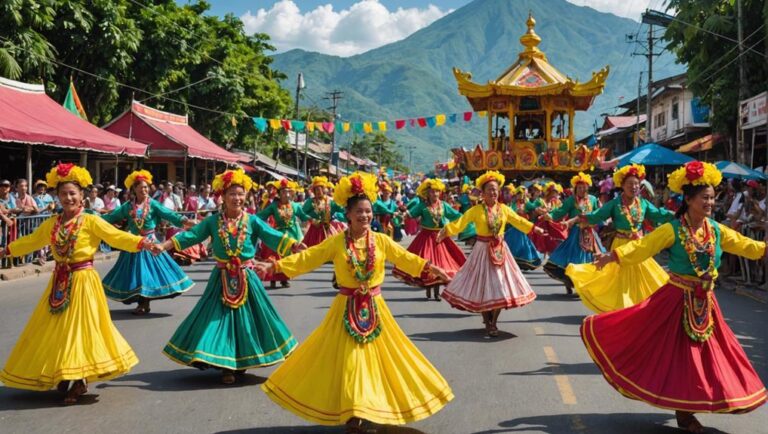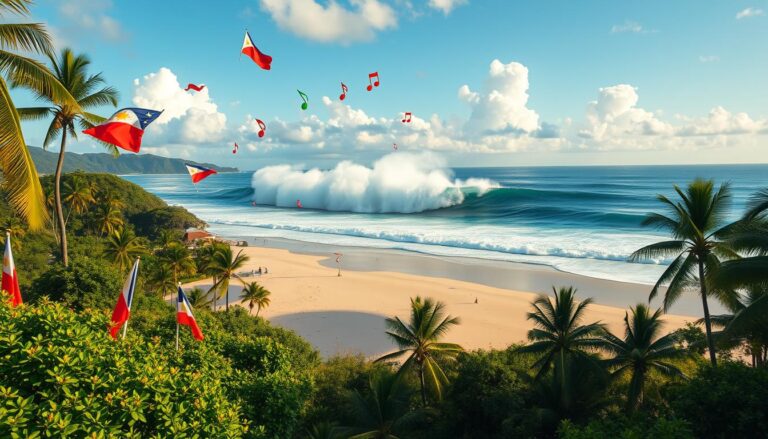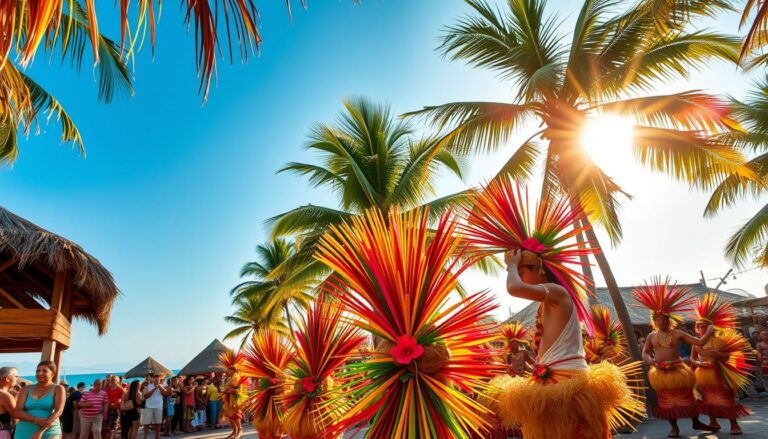Kidapawan City Charter Day: Cotabato Kidapawan City Charter Day: Complete Guide
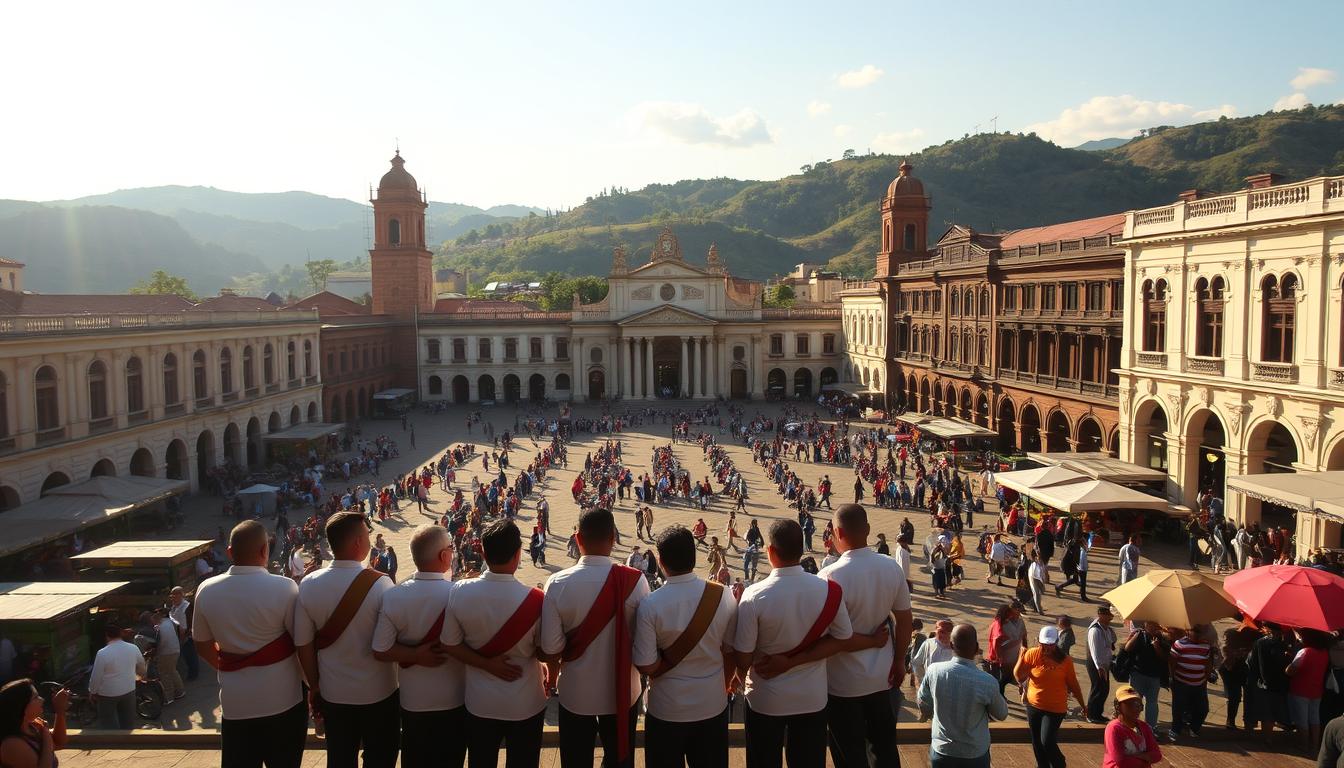
Every February 12, a vibrant celebration unfolds in the heart of Cotabato. This annual event marks a pivotal moment in local history—the transformation of a once-small municipality into a thriving urban center. The occasion honors the legal milestone that reshaped its identity and governance over two decades ago.
The transition to city status in 1998 brought new opportunities for growth and self-governance. Through Republic Act No. 8500, signed by President Fidel V. Ramos, the area gained recognition as an official component of Cotabato province. This legislation empowered local leaders to address urban challenges while preserving cultural traditions.
Residents eagerly anticipate the 12-day festivities that blend modern events with heritage showcases. Art exhibitions, talent competitions, and digital engagements highlight the community’s creativity. These activities—organized by local authorities—strengthen bonds between generations while attracting visitors nationwide.
Key Takeaways
- Established through Republic Act No. 8500 on February 12, 1998
- Annual commemoration features cultural and social events
- Special non-working holiday recognized by local governance
- Celebrates urban development and community identity
- Highlights historical progress through art and technology
- Strengthens cultural unity across generations
Later sections will explore how this celebration impacts tourism, infrastructure projects, and community partnerships. Discover practical travel tips for experiencing the festivities firsthand and learn about ongoing initiatives shaping the area’s future.
Historical Background and Origins
Long before urban development reshaped the landscape, this area thrived as a bastion of indigenous resilience. The Obo Monuvu people fiercely protected their ancestral lands during Spanish colonial attempts, establishing patterns of self-governance that would echo through generations.
Foundations of Resistance and Governance
American administrators recognized the region’s strategic importance in 1914, creating a municipal district under Datu Siawan Ingkal’s leadership. This visionary leader bridged traditional practices with modern governance for three decades. “Our strength lies in honoring heritage while embracing progress,” he reportedly declared during crucial negotiations.
Path to Urban Recognition
Post-war reorganization brought dramatic changes. Executive Order No. 82 in 1947 granted full municipal status, empowering local figures like Mayor Alfonso Angeles Sr. His 1952 cityhood campaign laid groundwork for future success. The city government Kidapawan eventually achieved its goal through Republic Act 8500 in 1998, following a decisive public referendum.
Current leadership under Mayor Joseph Evangelista continues this legacy of transformation. Annual commemorations honor both the Spanish-era resistance fighters and modern architects of urban status, creating living bridges between past and present.
Celebration and Cultural Activities
As February dawns, a digital and cultural symphony energizes province Cotabato. The 12-day calendar transforms public spaces and social platforms into stages for creative expression. “This isn’t just a party—it’s our living scrapbook,” remarks a local artisan participating for the fifth consecutive year.
Overview of the 12-Day Festivities
Event planners balance tradition with innovation across the celebration period. Mornings feature heritage workshops where elders teach textile weaving to teens. Afternoons shift to online competitions like vlog challenges and digital art contests. These virtual events maintain engagement while respecting health guidelines.
Evening programs spotlight intergenerational collaborations. Youth dance troupes perform alongside musicians who’ve played for over three decades. The government Kidapawan coordinates these hybrid activities through its cultural affairs office.
Signature Events, Contests, and Exhibits
Creative battles form the festival’s backbone. Popular contests include:
- E-comics creation for artists aged 15-25 years old
- Photo essays documenting community resilience
- Festival songwriting with indigenous instrument requirements
Mayor Joseph personally endorses the mural marathon where teams transform blank walls into historical timelines. Local businesses sponsor prizes ranging from art supplies to tech gadgets, ensuring wide participation across age groups.
The government Kidapawan archives winning entries in its cultural database, preserving modern interpretations of tradition. This approach reflects Mayor Joseph’s vision: “Progress should amplify our roots, not erase them.”
Experiencing Kidapawan City Charter Day: Community and Government Engagement
Hand in hand, local authorities and citizens craft memorable experiences during the commemoration. This partnership transforms public spaces into hubs of shared pride, blending strategic planning with grassroots enthusiasm.
City Government Initiatives and Involvement
The government drives impactful programs like the Million Trees Campaign, engaging over 400 stakeholders in environmental protection. Health officers collaborate with schools to ensure safe gatherings, while sanitation teams maintain cleanliness in high-traffic areas. “True progress happens when every voice contributes,” notes a city planner involved in the Buy Back Program supporting local farmers.
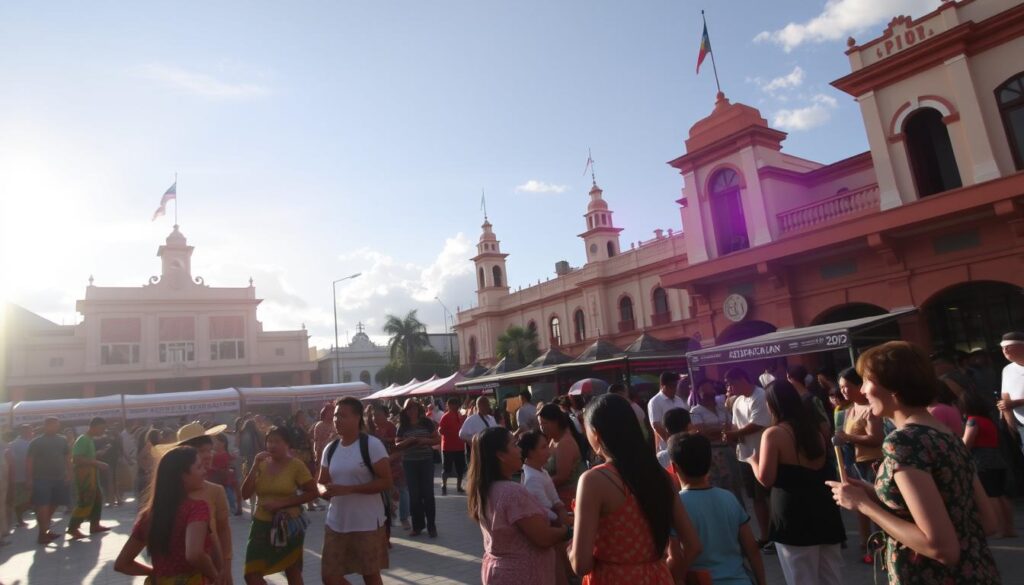
Civic Significance and Local Traditions
Residents showcase heritage through photo exhibits documenting ancestral farming techniques. Annual awards for top-performing neighborhoods spark friendly competition, with entry categories ranging from eco-initiatives to cultural preservation. Centenarian recognition ceremonies honor elders as living bridges to the past.
Task Force Kuryente and Task Force Tubig exemplify year-round coordination between departments. These efforts ensure seamless celebrations while addressing community needs. The Indigenous Peoples’ Code strengthens cultural inclusivity, inviting tribal leaders to co-design festival activities.
Urban Development and Health Initiatives
Balancing growth with well-being, recent initiatives address both infrastructure needs and community health. Strategic partnerships have accelerated recovery efforts while maintaining disease prevention protocols across public spaces.
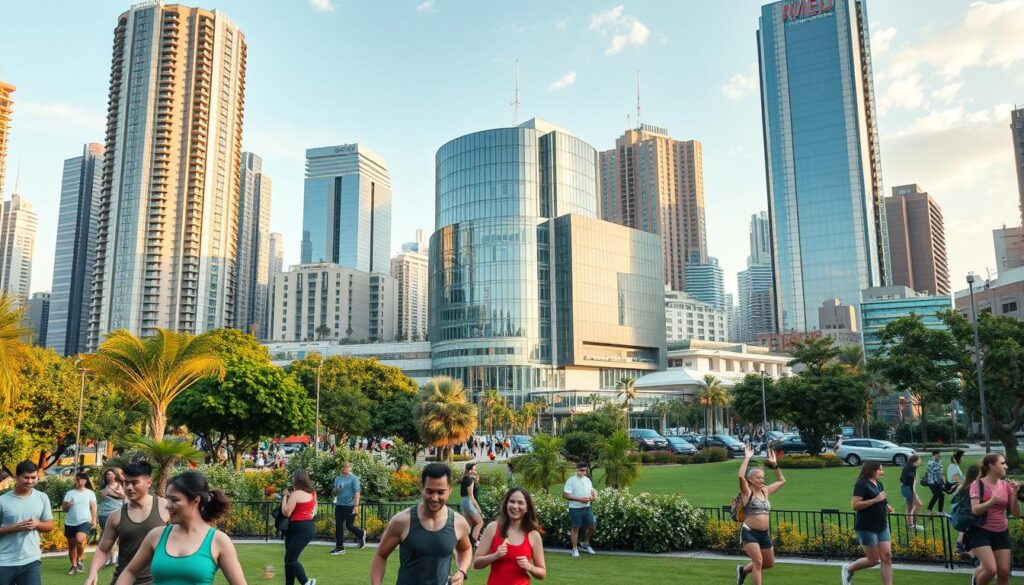
Post-Earthquake Recovery and Housing Programs
The 2019 tremors displaced hundreds of families, prompting swift action from local authorities. Through collaboration with the National Housing Authority, 1,700 permanent homes now shelter affected residents. These units feature earthquake-resistant designs and communal facilities built on P25 million worth of secured land.
Recovery activities extend beyond housing. The municipal government created open spaces for community gardens and emergency drills. Mayor Joseph Evangelista emphasized: “Rebuilding means creating spaces where memories and safety grow together.”
Public Health Measures and nCoV Awareness
Health officers installed thermal scanners at key locations like the Mega Market and Overland Terminal. These devices screen over 5,000 daily visitors for fever symptoms—a critical measure during large gatherings.
Prevention activities include:
- Distribution of 10,000 alcohol-based sanitizers
- Weekly briefings on nCoV variants
- Mobile testing units near resettlement areas
| Initiative | Agencies Involved | Beneficiaries |
|---|---|---|
| Housing Construction | NHA, Local Government | 1,700 families |
| Thermal Screening | DOH, City Health Office | Daily commuters |
| Sanitizer Distribution | Business Associations | Public offices |
Photo exhibits and instructional videos document these efforts, ensuring public recognition of progress. These visual tools help residents track improvements made over the past three years while preparing for future challenges.
Travel, Accessibility, and Participation
Seamless connections and inclusive planning ensure everyone joins the festivities. Recent infrastructure upgrades and digital innovations make engagement easier than ever for locals and visitors alike.
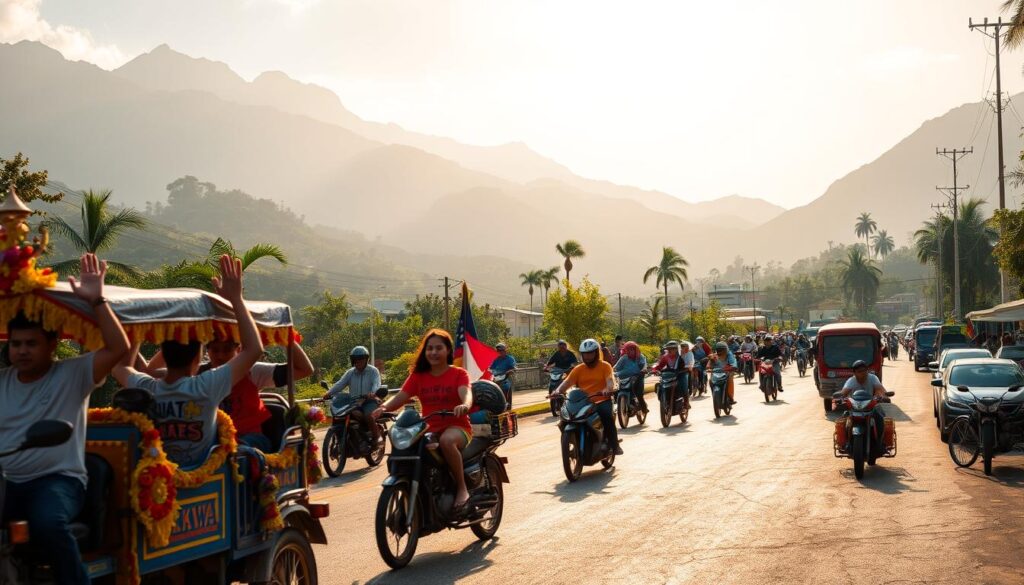
Reaching the Celebration Hub from Major Cities
Buses and vans depart hourly from Davao and Cotabato, completing the scenic journey in 2-3 hours. Improved highways now feature rest stops with free Wi-Fi and charging stations. Road widening projects completed last year reduced travel delays by 40%.
Extended bus schedules during the event accommodate late-night returns. Local life thrives along these routes—vendors sell traditional snacks at terminals, giving travelers authentic cultural previews.
Online competitions expand participation globally. Creative entries for vlog challenges and photo essays can be submitted through official portals. “Our virtual contests let distant relatives share in the joy,” explains a digital events coordinator.
The city’s transport team coordinates with contest organizers to ensure timely delivery of physical artwork. Real-time traffic updates via social media help visitors plan their hours effectively. These efforts reflect the community’s commitment to blending tradition with modern convenience.
Conclusion
This journey from rural roots to urban progress reveals how vision and collaboration shape thriving communities. The area’s transformation demonstrates what happens when cultural preservation meets strategic governance.
Local leadership under Mayor Joseph Evangelista continues driving initiatives that honor heritage while embracing innovation. From housing recovery programs to digital art contests, these efforts create spaces where tradition and modernity coexist productively.
The establishment of new public service centers—like the DFA office serving residents—showcases practical improvements born from civic partnerships. Such developments strengthen both infrastructure and community bonds, proving progress needn’t erase identity.
Annual celebrations serve as living reminders of shared resilience. Visitors planning to travel here discover more than festivities—they witness firsthand how collective pride fuels sustainable growth.
As the municipality evolves, ongoing participation remains vital. Explore upcoming events and heritage projects through the official government page, where every click connects you to a story worth experiencing.
